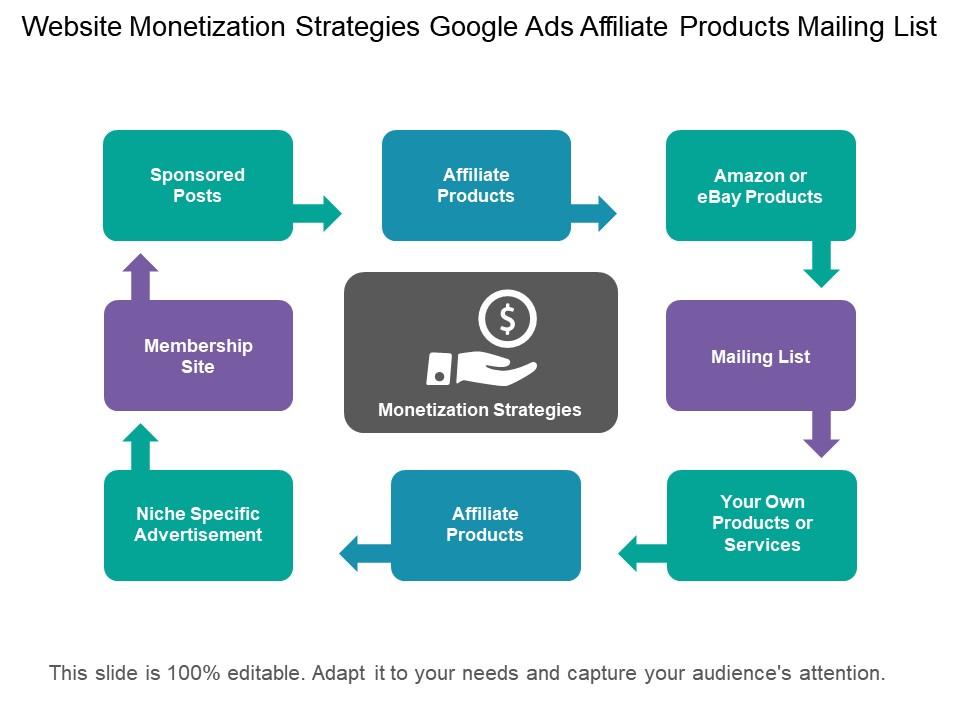
In the ever-evolving world of SEO, one strategy has stood the test of time: resource and link roundups. While the digital marketing landscape has become more complex, these roundups remain a powerful tool for building authority, driving traffic, and improving search engine rankings. Whether you’re a small business owner or a seasoned marketer, leveraging resource and link roundups can help you establish yourself as a thought leader in your niche.
This article will guide you through the process of using resource and link roundups effectively. You’ll learn how to identify opportunities, build relationships, and create content that not only attracts links but also enhances your brand’s credibility. By the end, you’ll have a clear roadmap for using this strategy to boost your SEO and grow your online presence.
What Is a Resource/Link Roundup and Why It Matters
A resource or link roundup is a curated list of high-quality content or links related to a specific topic. These roundups are often published by blogs, influencers, or industry experts who want to provide their audience with valuable information in one place. They can be weekly, monthly, or even annual summaries of the best resources available on a given subject.
For example, a marketing blog might publish a “Top 10 SEO Tools of 2025” roundup, featuring tools like Ahrefs, SEMrush, and Google Analytics. These posts are highly shareable and often attract backlinks from the featured websites, making them an excellent tool for SEO.
Why does this matter? Because search engines value quality content and backlinks. When other reputable sites link back to your content, it signals to Google that your website is a trusted source of information. This can significantly improve your search rankings.
Moreover, roundups help you build relationships with other bloggers, influencers, and industry leaders. By being featured in their content, you gain visibility and credibility, which can lead to future collaborations and more backlink opportunities.
How Resource/Link Roundups Impact SEO Performance
Resource and link roundups have a direct impact on several key SEO metrics:
- Traffic: When your content is included in a popular roundup, it can drive a significant amount of referral traffic from the host site.
- Backlinks: Featured websites often include a link back to your content, which boosts your domain authority and helps with ranking.
- Engagement: Roundups tend to be highly engaging because they offer a wealth of information in one place. This can increase dwell time and reduce bounce rates.
- Brand Authority: Being featured in multiple roundups positions you as an expert in your field, which builds trust with both users and search engines.
Additionally, roundups are great for evergreen content, meaning they can continue to attract traffic and backlinks long after publication. This makes them a valuable long-term SEO asset.
Step-by-Step Implementation Framework
To make the most of resource and link roundups, follow this structured approach:
1. Define or Audit the Current Situation
Start by identifying what kind of content you already have and where you stand in terms of authority and backlinks. Use tools like Moz, Ahrefs, or SEMrush to analyze your current backlink profile and see which topics are performing well.
Also, look at your competitors’ content. What types of roundups are they featured in? What topics are they covering?
2. Apply Tools, Methods, or Tactics
Here’s how to find and leverage roundups:
- Use Twitter and Google Search: Search for terms like “SEO link roundup” or “marketing resource list” to find existing roundups in your niche. Tools like BuzzSumo can show you which posts are getting the most social shares.
- Build a Spreadsheet: Keep track of potential roundups, including the URL, contact details (name, email), domain authority, and notes. Tools like Google Sheets or Notion can help organize this data.
- Identify Niche Blogs: Look for blogs in your niche that regularly publish roundups. Some examples include Search Engine Land, Content Marketing Institute, and MarketingProfs.
Once you’ve identified potential targets, reach out to the blog owners or editors. Personalize your outreach to increase the chances of being featured.
3. Measure, Analyze, and Optimize
After being featured in a roundup, monitor the results:
- Track referral traffic using Google Analytics.
- Monitor backlinks using tools like Majestic or Ahrefs.
- Assess engagement metrics such as time on page and bounce rate.
Use this data to refine your strategy. For example, if a particular type of content gets more shares, focus on creating similar content in the future.
Real or Hypothetical Case Study
Let’s take a hypothetical example of a small e-commerce business that sells organic skincare products. The company decides to create a resource roundup titled “Top 10 Natural Skincare Tips from Experts.”
They identify 20+ skincare influencers and bloggers, send personalized outreach emails, and secure features in several high-authority blogs. As a result:
- Their website traffic increases by 40% within two months.
- They gain 15 new backlinks from authoritative sites.
- Their domain authority improves from 35 to 48.
- Social shares and engagement rates rise significantly.
This case study illustrates how a well-executed resource roundup can generate measurable SEO benefits and enhance brand visibility.
Tools and Techniques for Resource/Link Roundups
Here are some essential tools to help you implement this strategy effectively:
- BuzzSumo – Find popular content and identify potential roundups.
- Moz Bar – Check domain authority and backlink profiles.
- Google Sheets/Notion – Organize outreach and tracking.
- Email Outreach Tools – Use platforms like Pitchbox or Ninja Outreach to streamline your communication.
- Ahrefs – Analyze competitor backlinks and identify link-building opportunities.
- Canva – Create visually appealing graphics to promote your roundups.
These tools will help you save time, stay organized, and maximize the impact of your resource and link roundups.
Future Trends and AI Implications
As AI continues to shape the SEO landscape, resource and link roundups will likely evolve. With the rise of AI-generated content, it’s becoming easier to produce high-quality, evergreen content that can be featured in roundups.
Additionally, multimodal search and voice search are changing how users interact with content. This means that roundups should be optimized for mobile and voice queries, with clear, concise answers that match user intent.
One actionable insight for the future is to leverage AI tools to automate parts of the outreach process, such as personalizing emails or identifying potential roundups. However, the human touch remains crucial—personalized, thoughtful outreach is still the key to success.
Key Takeaways
- Resource and link roundups are a powerful way to build authority and improve SEO.
- They help you gain backlinks, drive traffic, and establish credibility in your niche.
- Follow a step-by-step framework to identify, reach out, and measure the success of your efforts.
- Use tools like BuzzSumo, Ahrefs, and Google Sheets to streamline the process.
- Stay ahead of the curve by adapting to AI and multimodal search trends.
- Always personalize your outreach and focus on quality over quantity.
By implementing this strategy, you’ll not only boost your SEO but also position yourself as a trusted authority in your field.
Meta Title: How to Use Resource/Link Roundups to Build Authority and Boost Your SEO
Meta Description: Learn how to use resource and link roundups to build authority, drive traffic, and improve your SEO. A step-by-step guide for businesses and marketers.
SEO Tags (5): SEO strategies, link building, content marketing, authority building, resource roundups
Internal Link Suggestions: [Parameter #1: Content Marketing Strategies], [Parameter #2: Backlink Building Techniques], [Parameter #3: On-Page SEO Best Practices]
External Source Suggestions: https://www.buzzsumo.com, https://ahrefs.com, https://moz.com









